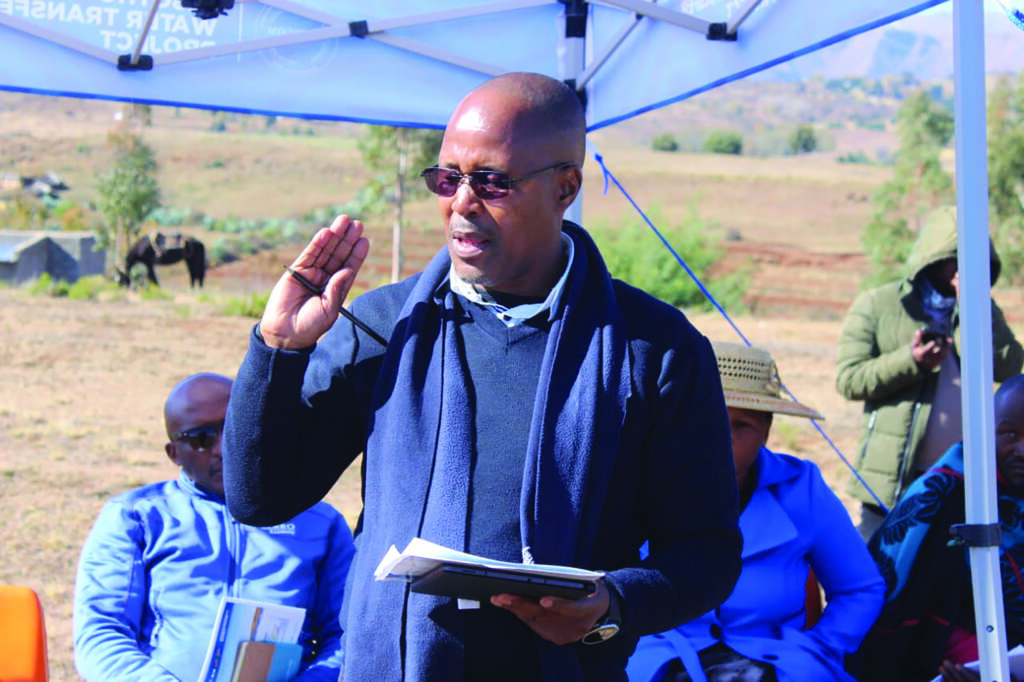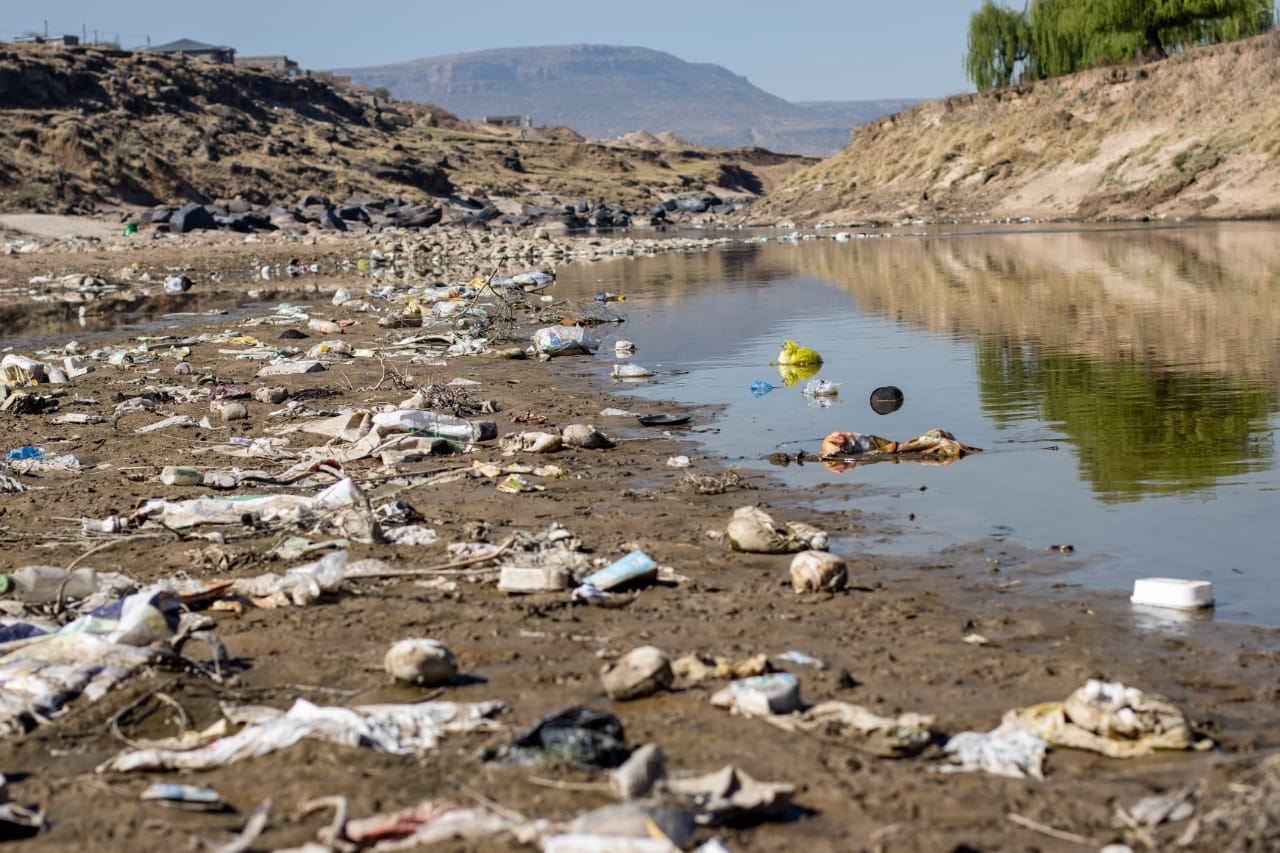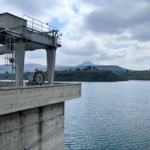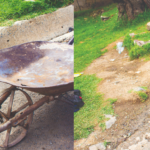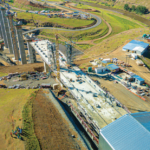Ntsoaki Motaung
Residents of Masemouse, settled along the Makhaleng River in Mohale’s Hoek district, have expressed both optimism and caution regarding the ambitious Lesotho-Botswana Water Transfer (L-BWT) Project, aimed at addressing water scarcity in three countries.
The L-BWT initiative is a priority investment project selected for development under the Integrated Water Resources Management Plan of the Orange-Senqu River Basin.
Spearheaded by the governments of Lesotho, Botswana, and South Africa, the project plans to utilise water from the Makhaleng Dam, part of the Lesotho Lowlands Water Supply Scheme, to supply water via a 700-kilometer pipeline spanning through South Africa to Botswana.
This comprehensive project also aims to provide water to the three countries as well as electricity to complement the system power needs and that of the local towns in the countries.
Classified as a high-impact endeavour under international financial safeguards, the L-BWT Project mandates extensive social and environmental impact assessments to ensure compliance with national laws and mitigate potential risks.
During a recent community gathering organised by the project team in Masemouse this week, Mohloki Hlanyane from Ha Motoai voiced the sentiments of many Basotho.
“Large-scale projects often fail to benefit local communities. We hope the L-BWT Project will be different,” Hlanyane remarked optimistically, stressing the need for transparent implementation and fair compensation for those affected.
“While we welcome development, we urge project authorities to consider our agricultural livelihoods. Proper compensation and resettlement plans must be in place,” he added.
He urged collaboration between community leaders and residents to ensure their voices are heard and respected.
The gathering aimed to inform residents about the project before its implementation phase begins following the completion of a feasibility study in 2026 and approval from the three countries.
The feasibility study is focused on the preferred option of building a new dam on the Makhaleng River in Lesotho and the pipeline. The desk-top study identified route options for the conveyance system.
The World Bank provided US$2 million in grant funding in 2015 for a desk-top study of the L-BWT scheme. The African Development Bank (AfDB) provided a €2,100,000 grant for the technical pre-feasibility of the entire system (dam and conveyancing pipeline) and the feasibility of the dam in Lesotho.
According to Water Commissioner Lebohang Maseru, the districts of Mafeteng and Mohale’s Hoek are expected to benefit from water sourced from the Makhaleng River, as the L-BWT Project progresses toward constructing a dam for water transfer to Botswana.
Maseru noted that these districts were already included in the government’s plans for the Lesotho Lowlands Water Supply Scheme.
Thabo Hloele, the Project Coordinator, outlined the goals of the L-BWT Project, which include providing water to municipalities in Botswana, Lesotho, and South Africa, enhancing electricity access in Lesotho through hydropower, and improving irrigation for food security and commercial farming.
Additionally, Hloele added, the project aims to bolster climate resilience in the region and create long-term job opportunities.
“The Makhaleng River has been identified as the optimal water source,” Hloele explained, “with a recommended 700km full piped system to transport water from the source to Lobatse in Botswana. Water will also be distributed through the Lesotho Lowlands Water Supply Scheme, benefiting Mafeteng and Mohale’s Hoek districts, as well as areas in Bloemfontein and the North West Province of South Africa.”
Summary
- Spearheaded by the governments of Lesotho, Botswana, and South Africa, the project plans to utilise water from the Makhaleng Dam, part of the Lesotho Lowlands Water Supply Scheme, to supply water via a 700-kilometer pipeline spanning through South Africa to Botswana.
- This comprehensive project also aims to provide water to the three countries as well as electricity to complement the system power needs and that of the local towns in the countries.
- According to Water Commissioner Lebohang Maseru, the districts of Mafeteng and Mohale’s Hoek are expected to benefit from water sourced from the Makhaleng River, as the L-BWT Project progresses toward constructing a dam for water transfer to Botswana.

Your Trusted Source for News and Insights in Lesotho!
At Newsday Media, we are passionate about delivering accurate, timely, and engaging news and multimedia content to our diverse audience. Founded with the vision of revolutionizing the media landscape in Lesotho, we have grown into a leading hybrid media company that blends traditional journalism with innovative digital platforms.


